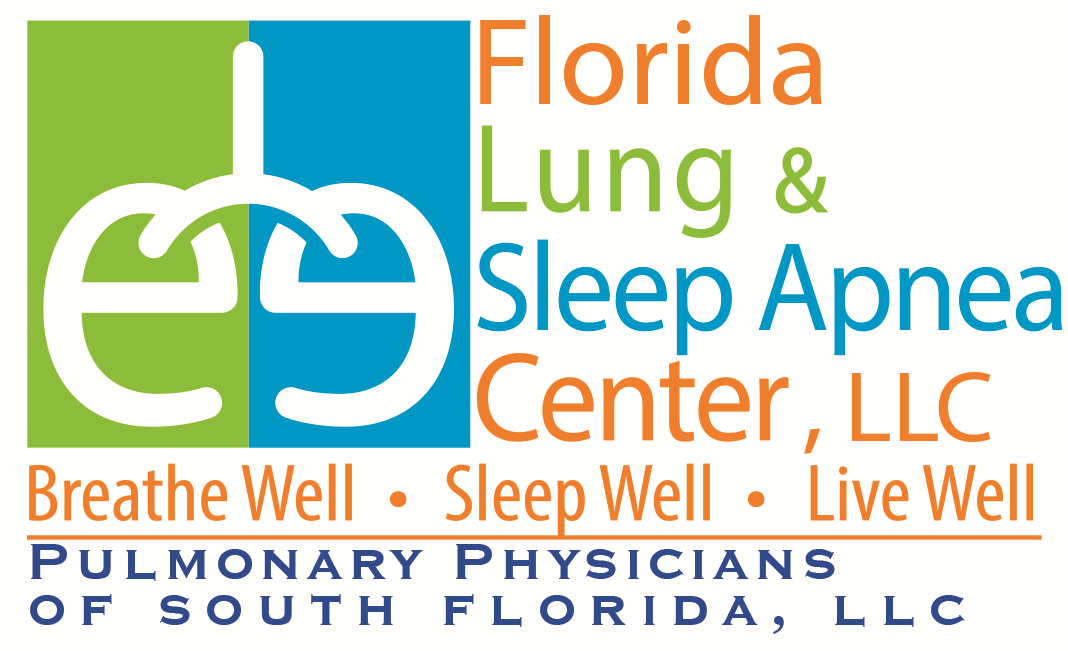Q: What is snoring?
A: Snoring is caused by breathing through the mouth during sleep. It occurs when the throat relaxes and the tongue falls into the airway in the back of the thorat causing a vibration in the soft tissue.
Q: What causes snoring?
A: The vibration in the back of the throat is often caused when there is an interruption to the free flow of air through the nose and throat. The structures that may cause this disruption are:
- Deviated Nasal Septum
- Nasal Polyps
- Nasal Turbinates
- Abnormally Relaxed Muscles
- A Large Tongue or Tonsils
- Excessive Weight
- The shape of the head and/or neck
Q: What daytime symptoms are caused by snoring?
A: The sleep loss associated with snoring impairs a person's ability to perform tasks involving memory, learning, reasoning, and mathematical processes.
- Morning Headaches
- Irritability and Burnout
- Poor Memory and Concentration
- Sleep Debt
- Dry Mouth
- Depression
- Poor Job Performance
Q: Is snoring a serious problem?
A: Snoring may seem to be a very private habit; however, the consequences of snoring can upset relationships at work and at home, not to mention long-term health effects. Snoring may be a sign of a more serious condition such as sleep apnea which can lead to high blood pressure, arrhythmia, enlargement of the heart, stroke or dysfunction in the lungs.
Q: What can I do to stop Snoring?
A: Sometimes snoring can be treated with changes in lifestyle, but when that doesn't work medical evaluation is necessary. There are many non-surgical and surgical treatments available today to snorers, depending on the diagnosis.
Lifestyle modifications include:
- Weight Loss
- Quitting Smoking
- Reducing the use of alcohol, sedatives, and sedating antihistamines
- Changing your sleep position to the side and/or elevating your head and neck
Medical treatments include:
- Opening nasal passageways
- Identifying and avoiding allergens
- Treatment for nasal allergies
- Treatment for nasal polyps
- Treatment for deviated nasal septum
- Treatment of chronic sinusitis
- Solutions in the throat
- Removal of enlarged tonsils, or tonsillectomy
- Trimming the uvula and soft palate, or laser-assisted uvulopalatopharyngoplasty (LAUP)
- Reducing the vibration of soft tissue, or radio-frequency palatoplasty
- Pillar Procedure
- Breathing devices
- Surgical procedures
Q: What is Sleep Apnea?
A: Sleep apnea is a snoring disorder that is dangerous to your health. People with sleep apnea stop breathing dozens of times throughout their sleep and may not breathe for up to 75% of the time they are asleep. Apnea is particularly severe and life threatening when there are more than 20 or 30 events per hours. Because the heart is sensitive to oxygen levels in the blood, apnea is especially dangerous for people with heart disease. Sleep apnea can also lead to high blood pressure, heart conditions, lung dysfunction and stroke. Sleep apnea could also contribute to a person becoming diabetic.
There are three types of sleep apnea:
- Obstructive Sleep Apnea (OSA): Related to an obstucted upper airway, and it is the most common type as well as the most serious. Soft tissue in the palate, throat, or tongue may block the flow of air as a person struggles to breathe.
- Central Sleep Apnea: A rare form that is cause by a problem in the central nervous system wherein the respiratory center in the brain that is responsible for breathing fails.
- Mixed Apnea: A combination of obstructive and central apnea, many researchers believe it is also the most common. The reason for this is because a person with obstuctive apnea often has a tendency to breathe rapidly when recovering from an obstructive apena event, thereby lowering the carbon dioxide level in the blood, which can trigger a central apnea event.
Q: What is Sinusitis?
A: Sinusitis, or sinus infection, is an inflammation of the sinuses and nasal passages characterized by a headache or pressure in the eyes, nose, cheek area, or one side of the head. Patients with a sinus infection may also have a cough, a fever, bad breath, and nasal congestion with nasal secretions.
Sinus infections are distinguished by their duration and their location:
- Acute Sinus Infection: When one or more of the sinuses is infected for a short term, it is referred to as acute sinusitis. In ear, nose and throat medicine, acute refers to an abrupt beginning to an infection that can last three weeks to three months. Acute sinusitis is typically caused by a viral or bacterial infection that may eventually disappear without medical supervision.
- Chronic Sinus Infection: When a sinus infection lasts more than three months, it is considered chronic and is often caused by allergies or a physical abnormality such as a deviated septum or malformed bone. Chronic sinus infection symptoms may be less severe than an acute infection but a chronic infection, can last for years.

